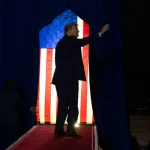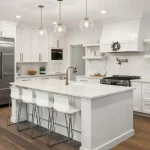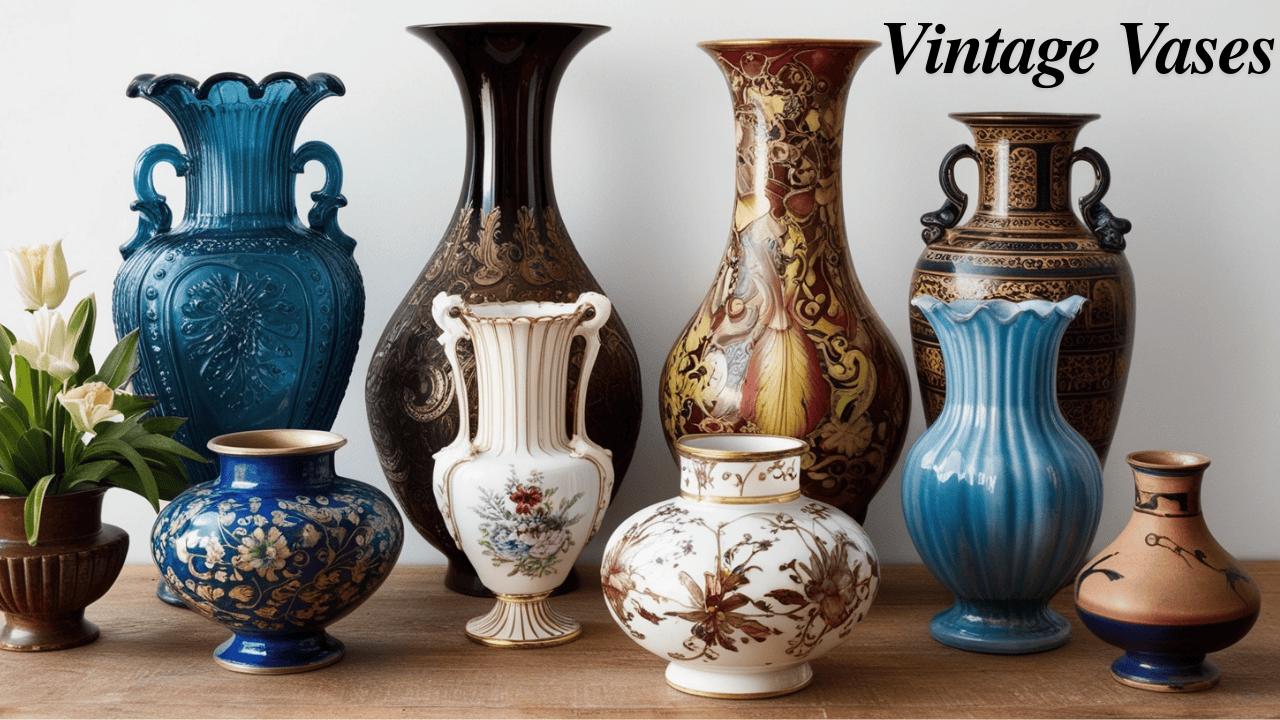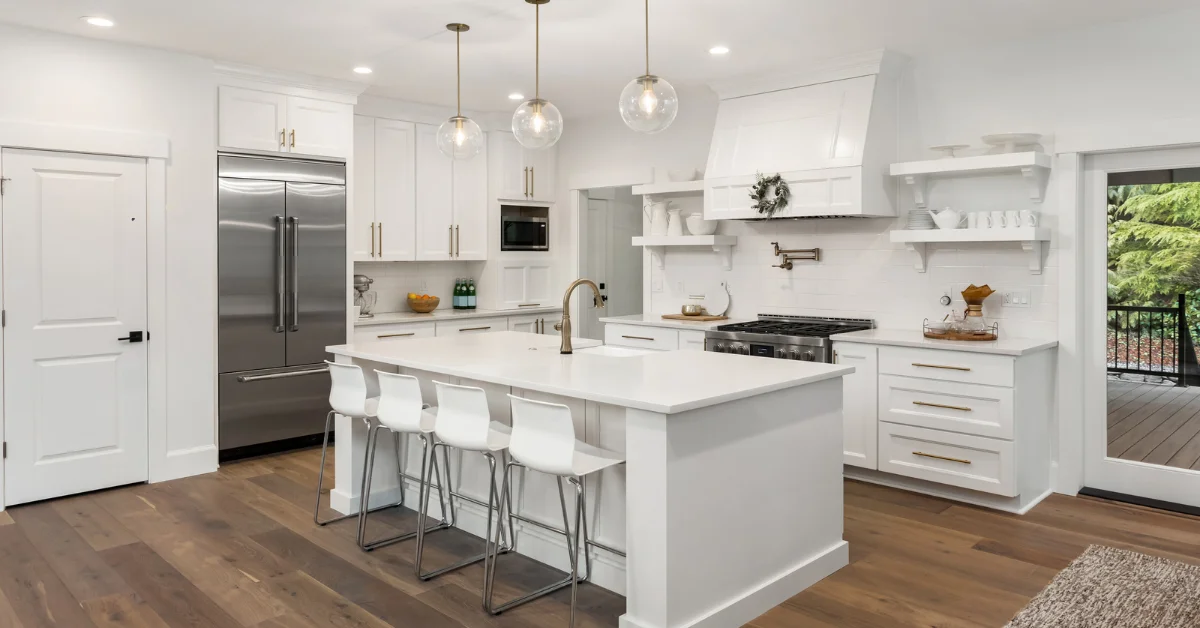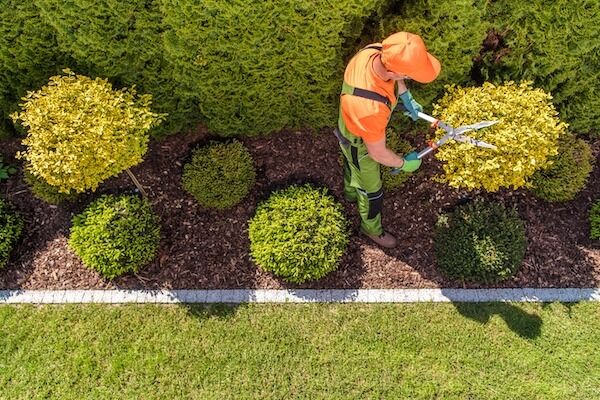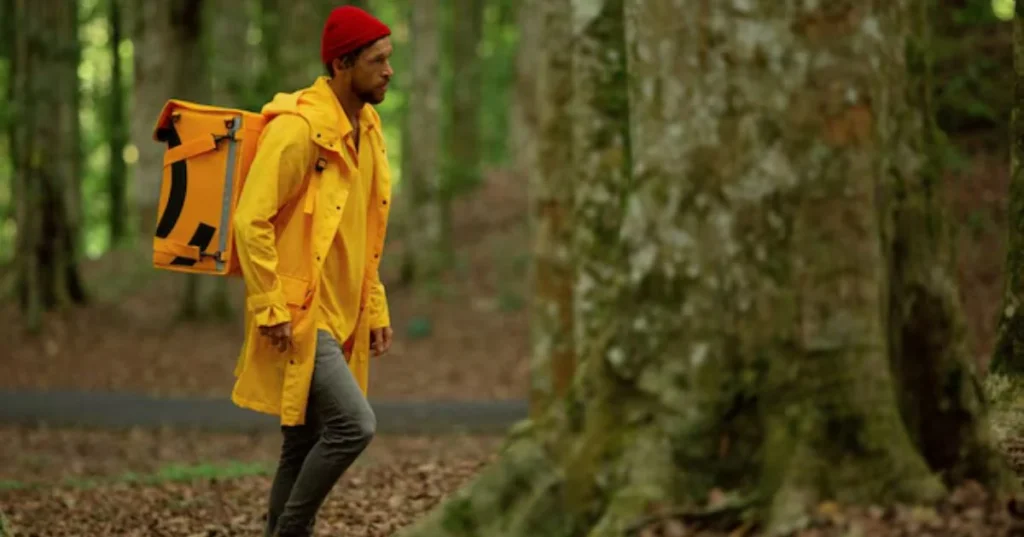Vintage vases are more than just decorative items; they carry a history, an artistry, and a character that newer pieces often lack. Their intricate designs, varied materials, and storied pasts bring depth and charm to any space, allowing homeowners and collectors alike to introduce unique, timeless pieces into their decor. Whether made of glass, porcelain, or earthenware, each vintage vase has a distinct personality, shaped by the era it represents. In this article, we’ll explore the fascinating world of vintage vases, including how to select, care for, and decorate with these beautiful pieces to elevate your home aesthetic.
What Defines a Vintage Vase?
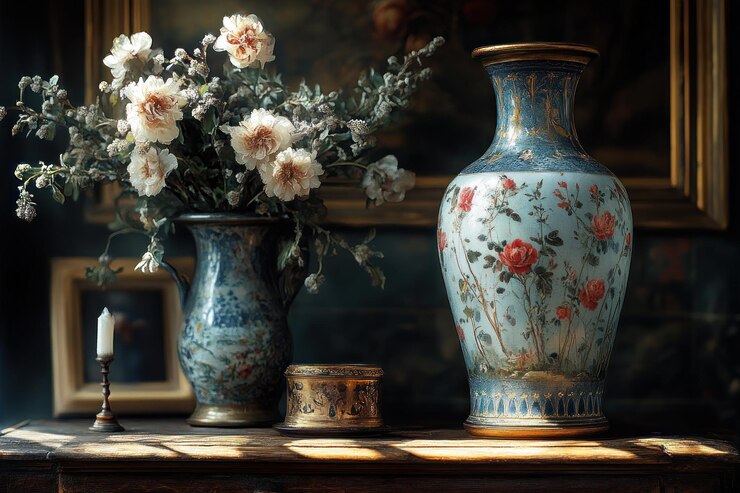
Vintage vases are typically defined as decorative or functional vases created between 20 to 100 years ago. Not only does the vase’s age play a role in its classification, but so does its style, craftsmanship, and historical significance. While antique vases, generally older than 100 years, have a high level of historical value, vintage vases capture a more recent sense of nostalgia, often reflecting trends and aesthetics from the 20th century.
Why Vintage Vases Are Growing in Popularity


The allure of vintage vases stems from their combination of beauty, history, and unique character. Collectors and decorators value them not only for their visual appeal but also for the stories they tell. Vintage vases offer a sustainable option for home decor as they are repurposed rather than newly manufactured. Adding one to your collection or home not only connects you to history but also contributes to a more eco-conscious lifestyle.
Key Vintage Vase Styles and Eras
Art Deco vases, popular in the 1920s and ’30s, are known for their bold geometric patterns, symmetrical shapes, and vibrant colors. These vases often incorporate materials like glass, ceramics, and even metals to achieve a sophisticated yet playful design. The Art Deco style pairs beautifully with modern and industrial interiors due to its streamlined yet decorative look.
Mid-Century Modern (1940s-1960s)
Mid-century modern vases reflect the simplicity and functionality of this post-war era. These vases often feature clean lines, earthy colors, and natural materials, like clay or wood. Their minimalist design makes them a great choice for contemporary and Scandinavian decor styles, adding an understated yet elegant touch to any room.
Bohemian and Retro (1960s-1970s)
In the ’60s and ’70s, bold patterns, eclectic forms, and bright colors took center stage. The bohemian and retro styles of this period embraced freedom and self-expression, making the vases from this time particularly eye-catching. Bohemian vases add a quirky and vibrant vibe to a room and work well in eclectic, maximalist, or vintage-inspired interiors.
Traditional European and Asian Influences
Certain vintage vases reflect classic European or Asian craftsmanship. For instance, Chinese porcelain vases and Japanese Satsuma vases are known for their fine detail, intricate hand-painted designs, and cultural symbolism. These pieces are especially popular in classical and vintage decor due to their refined aesthetics and cultural resonance.
Identifying Authentic Vintage Vases
Authenticating a vintage vase requires a discerning eye and some knowledge of materials, craftsmanship, and period-specific styles. Here are a few tips for identifying an authentic piece:
- Look for Maker’s Marks: Many vintage vases, particularly those made by reputable brands or artists, have distinctive stamps or signatures.
- Analyze the Glaze and Material: Older vases often feature glazes that show natural wear or crazing (fine cracks), typical signs of aging.
- Check the Bottom: Vintage vases may have unglazed or rough bottoms, which differ from the smooth finishes found on more modern pieces.
Choosing the Right Vintage Vase for Your Home
When choosing a vintage vase, consider both its aesthetic appeal and how it complements your existing decor. Here are a few points to consider:
- Size and Shape: Large vases work well as statement pieces on the floor or a standalone table, while smaller vases are perfect for bookshelves and coffee tables.
- Color and Style: Choose a vase that either complements or contrasts your room’s color palette. For example, a bright Art Deco vase can add a pop of color to a neutral room, while a simple, mid-century piece can balance a more colorful space.
- Functionality: If you intend to use the vase for fresh flowers, make sure it’s watertight. Some older pieces may be purely decorative and not suited for holding water.
Decorating with Vintage Vases
Incorporating vintage vases into your decor can instantly elevate the aesthetic of any room. Here are a few ideas:
Entryway Statements
A tall, elegant vase filled with seasonal branches or dried flowers can make a memorable first impression in your entryway. Choose a bold Art Deco vase for a touch of glamour or a mid-century ceramic for a more understated look.
Living Room Accents
Cluster several smaller vintage vases on a side table or shelf for a charming, eclectic display. Mixing different styles and materials can create a visually interesting arrangement, with each vase complementing the others in size, shape, or color.
Dining Table Centerpieces
A vintage vase can make an excellent centerpiece, adding charm and elegance to your dining experience. Opt for a wider, shorter vase filled with fresh flowers or greenery to keep the arrangement low-profile and inviting.
How to Care for Vintage Vases
Vintage vases require specific care to ensure they maintain their beauty and structural integrity. Here are some key care tips:
- Gentle Cleaning: Use mild soap and warm water to clean your vase, and avoid harsh chemicals that could damage its glaze or paint. For delicate porcelain or hand-painted vases, a gentle wipe with a soft cloth is often best.
- Avoid Direct Sunlight: Prolonged exposure to sunlight can cause fading and cracking, especially for porcelain and glass vases.
- Temperature Control: Avoid displaying vases near heat sources, as changes in temperature can cause cracks in older materials.
Where to Find and Buy Vintage Vases
Finding the perfect vintage vase can be a thrilling hunt. Here are some popular places to start:
- Antique Stores: Many antique shops specialize in vintage home decor, offering a range of vases with guaranteed authenticity.
- Online Marketplaces: Websites like eBay, Etsy, and 1stDibs have extensive collections of vintage vases from around the world.
- Estate Sales and Auctions: Estate sales and auctions are excellent for finding unique pieces at competitive prices, often from verified sellers.
The Investment Potential of Vintage Vases
For collectors, vintage vases can be a valuable investment. Rare and high-quality vases, especially those from famous designers or eras, often appreciate in value over time. Investing in vintage vases not only brings aesthetic beauty to your home but can also serve as a lucrative asset if cared for properly.
Vintage Vase: A Reflection of Timeless Beauty
A vintage vase doesn’t merely hold flowers or sit on a shelf—it brings life, character, and history into a room. Each piece, with its unique story and craftsmanship, becomes a testament to past eras and artistic expressions. Adding a vintage vase to your home decor connects you to those stories, infusing your space with a charm and beauty that transcends time. So whether you’re an avid collector or simply a fan of vintage decor, consider adding a vintage vase to your collection. Not only will it elevate your decor, but it will also serve as a cherished keepsake for years to come.
FAQs
What is the difference between a vintage and antique vase?
Vintage vases are typically between 20 to 100 years old, while antique vases are over 100 years old, making them more rare and valuable.
How can I tell if a vintage vase is authentic?
Authentic vintage vases often feature maker’s marks, wear indicative of age, and certain stylistic elements specific to their time period.
What materials are common in vintage vases?
Ceramics, porcelain, glass, and sometimes metal are common in vintage vases, depending on the era and style.
Can I put fresh flowers in a vintage vase?
Yes, as long as the vase is watertight. However, some vintage vases are best used decoratively to preserve their condition.
Where can I buy authentic vintage vases?
Antique stores, online marketplaces like Etsy or eBay, and estate sales are great places to find authentic vintage vases.
Are vintage vases a good investment?
Yes, certain rare or high-quality vintage vases can appreciate in value over time, making them a valuable collectible for both decor and investment purposes

